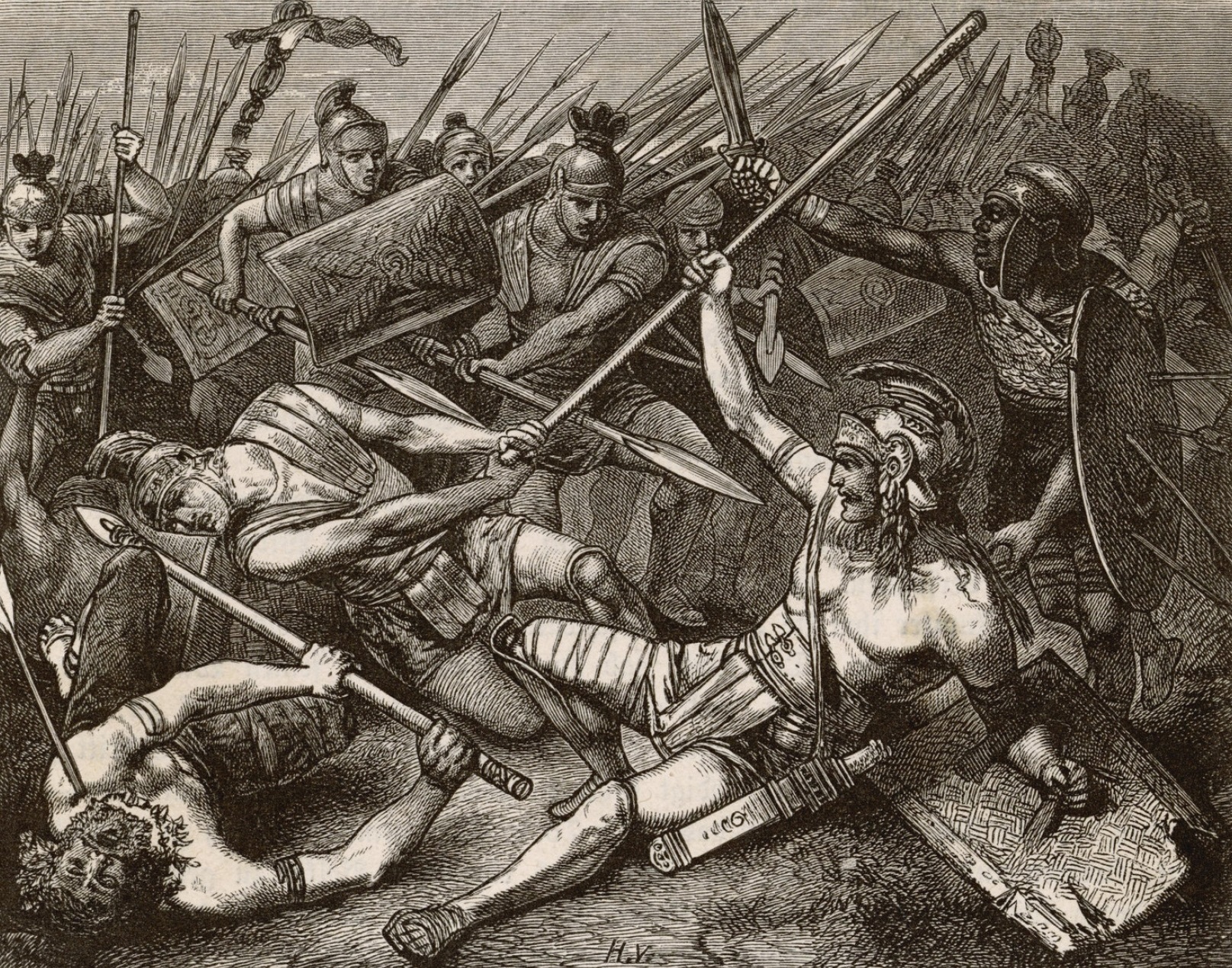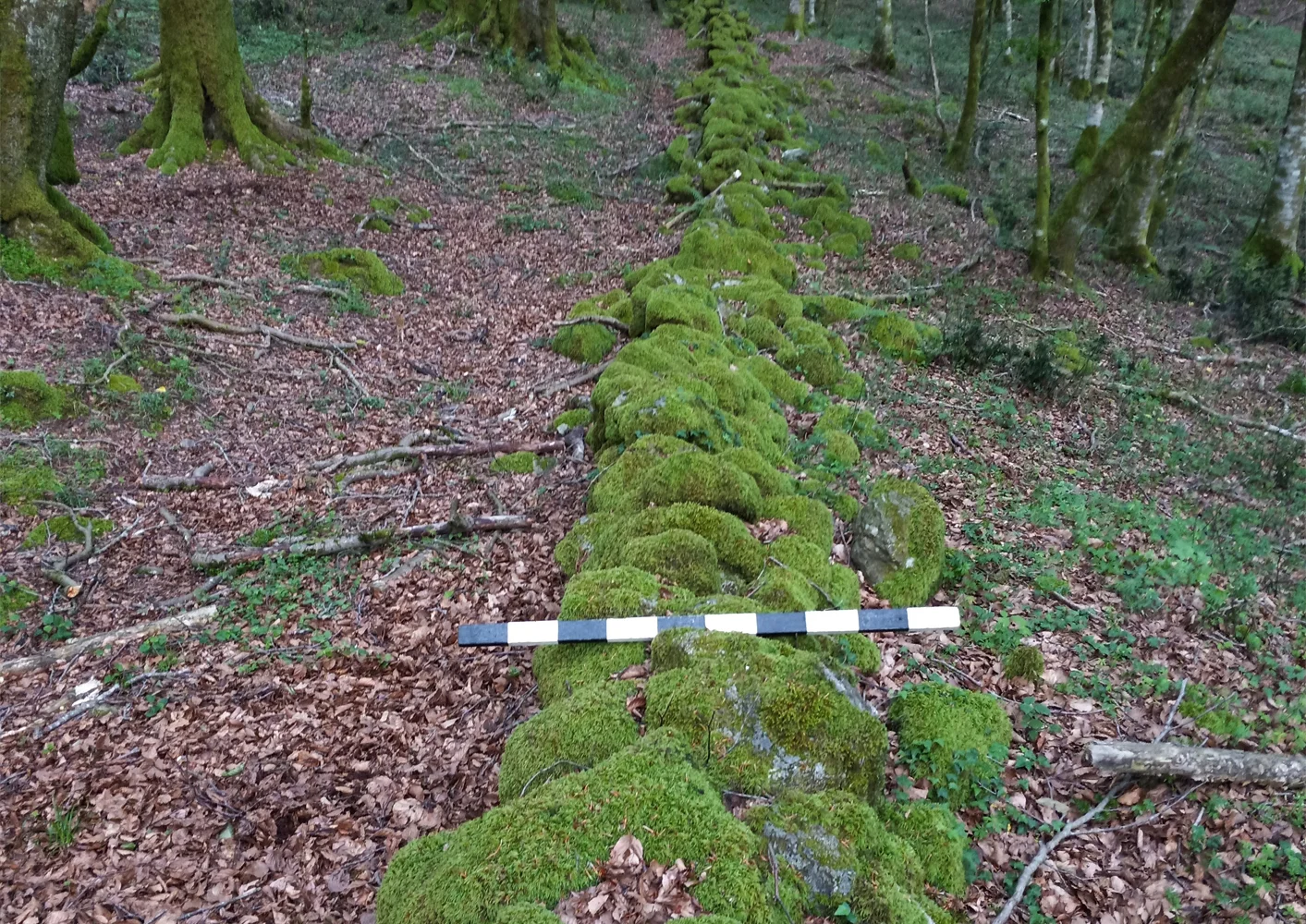A team of archaeologists, led by Dr. Paolo Visona of the University of Kentucky, have discovered a Roman defensive wall built to trap Spartacus in south-central Calabria, southern Italy.
Most historical accounts of Spartacus comes from the writings of Plutarch of Chaeronea (AD 46 – 119 AD) and Appian of Alexandria (AD 95 -165). According to their texts, Spartacus was an escaped slave and former gladiator, who led a major slave uprising against the Roman Republic.
The seeds of the uprising began in 73 BC, when Spartacus and a group of gladiators escaped a gladiatorial school (ludus) somewhere near Capua in the region of Campania. They roamed the surrounding countryside and freed slaves to swell their ranks, amassing an army of around 70,000 people.
The rebellion posed a significant challenge to Roman authority, forcing the Senate to send a force of eight legions led by Marcus Licinius Crassus. Spartacus’ forces were defeated in 71 BC in the Senerchia region, which at that time was part of Lucania.
Plutarch and Appian both state that Spartacus died in battle, however, Appian also adds that the body was never found. In the aftermath of the revolt, 6,000 surviving rebels were crucified along the Appian Way, serving as a stark deterrent against any further thoughts of rebellion or sedition.
A recent study of the Dossone della Melia forest in south-central Calabria has uncovered a stone wall and earthwork extending over 2.7 km. Additionally, traces of a Roman fossa (defensive ditch) and an agger (double rampart or embankment) system have also been identified.
According to a statement by the Archaeological Institute of America: “The wall has now been conclusively identified as part of the structures built by the Roman general Marcus Licinius Crassus to contain the slave revolt leader Spartacus and his forces.”

Excavations have also unearthed numerous broken iron weapons, sword handles, large curved blades, javelin points, a spearhead, and other metal debris, indicating a pitched battle at the site between the Romans and Spartacus’ forces to break free of the trap.
According to Dr. Visona: “The discovery was made possible by a tip from a local group of environmentalists who knew of the wall’s existence but were puzzled as to what it could be. The team investigated the wall and ditch using Ground-Penetrating Radar, LIDAR, magnetometry, and soil core sampling.”
Header Image Credit : Archaeological Institute of America
Sources : Archaeological Institute of America





